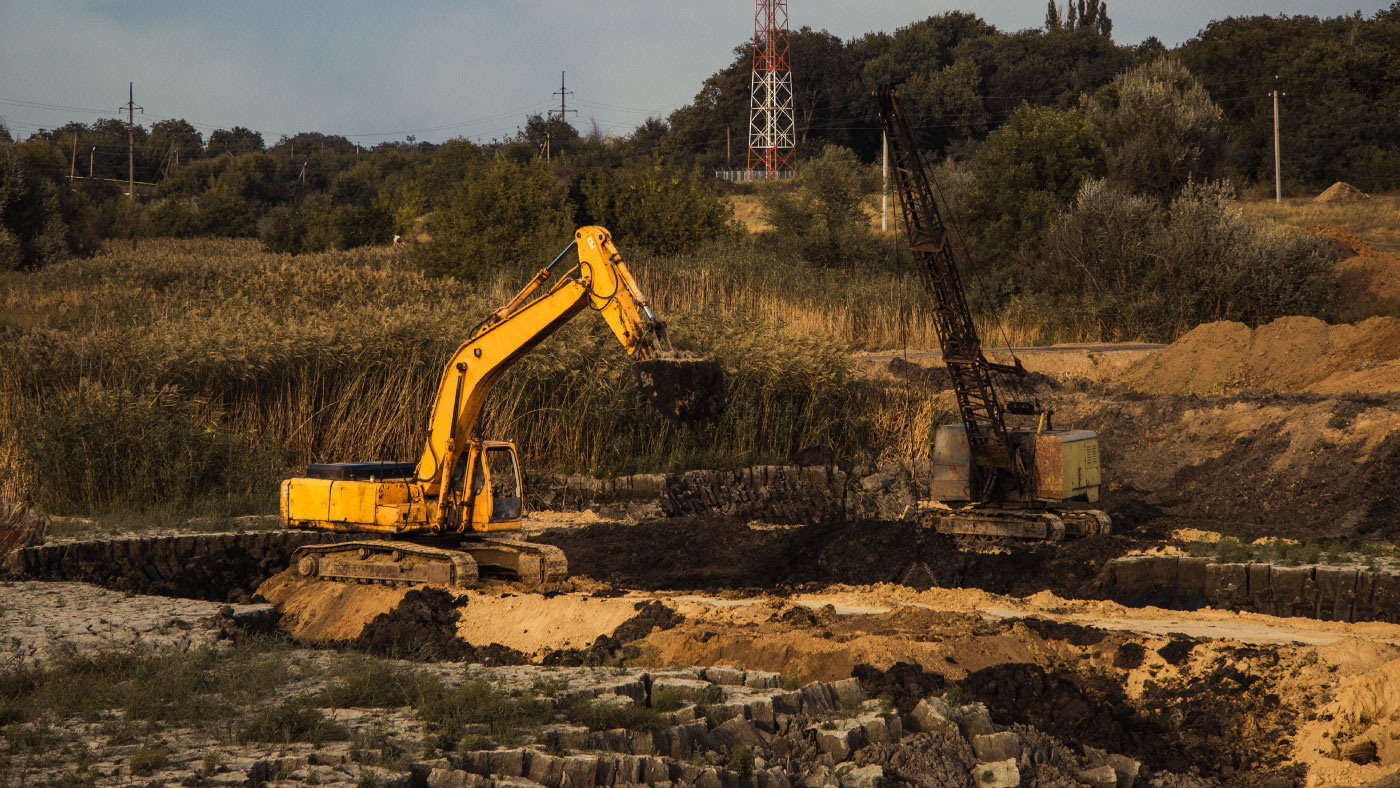In the extractive sector, environmental management poses ongoing challenges. Constant exposure to sludge, oils, and dust creates significant hurdles for both ecological sustainability and operational safety. Daily activities involving heavy-duty vehicles, often under extreme conditions, can lead to the accumulation of contaminants with the potential to spread into the surrounding environment.
This issue not only contributes to soil and groundwater pollution but also compromises the efficiency of equipment, resulting in more frequent maintenance needs and possible penalties for non-compliance with environmental regulations.
Risks of not washing: damage to vehicles and environmental impacts
In the extractive industry, vehicle cleaning is about far more than appearances—it is a strategic necessity for ensuring both operational and environmental sustainability. Failure to remove sludge and oils leads to significant problems:
- Accelerated mechanical wear and tear: Contaminants cause malfunctions and breakdowns, driving up maintenance costs.
- Environmental damage: Pollutants infiltrate the soil and contaminate groundwater, triggering long-term consequences and substantial fines for non-compliance.
The risks extend beyond the vehicles themselves, affecting the entire site ecosystem. A systematic approach to contaminant management, including a regular and targeted vehicle washing program, is essential for ensuring site safety, regulatory compliance, and environmental protection.
Solutions from WashWeighBridge®
WashWeighBridge® offers a technologically advanced solution tailored to the complex conditions of extractive and industrial operations. Its key features include:
- Handling heavy sludge and contaminants: A large underground sedimentation tank, with a capacity of up to 160 m³, efficiently manages sludge and heavy residues. This system is crucial for separating solid contaminants, reducing environmental dispersion, and facilitating water recycling.
- Ultra-durable platform: WashWeighBridge® features a platform designed to handle extreme loads, allowing safe movement of heavy machinery such as dump trucks and wheel loaders. This robust construction ensures continuous and safe operations, even under the most demanding conditions, while preserving the integrity of the washing system.
- Modularity and adaptability: Each extractive site has its own unique characteristics. WashWeighBridge® is designed with modularity in mind, enabling customized installations based on available space and traffic flow. This flexibility ensures an optimized washing process, even in challenging environments.
The benefits of an integrated washing system
Adopting a system like WashWeighBridge® offers a range of operational and environmental advantages:
- Reduced maintenance times: Keeping vehicles clean significantly decreases mechanical wear and tear. This leads to fewer extraordinary maintenance interventions and extends vehicle lifespan, lowering operational costs and boosting overall efficiency.
- Greater environmental sustainability: WashWeighBridge® employs a closed-loop system that effectively recycles water, drastically cutting down on water consumption and environmental impact. This approach conserves natural resources and ensures compliance with environmental regulations, helping operators avoid fines and maintain responsible site management.
How we can help
In the extractive sector, vehicle washing is a fundamental step that cannot be overlooked. WashWeighBridge® provides an innovative, practical solution that addresses industry needs, offering targeted measures to reduce environmental impact, improve safety, and guarantee full regulatory compliance. For those operating in a complex and sensitive field, relying on a robust and efficient washing system is essential for mitigating risks and optimizing daily operations.
Contact the WashWeighBridge® team today to learn how our system can be adapted to the specific needs of your extractive site. Request a no-obligation quote to enhance operational safety and efficiency.


